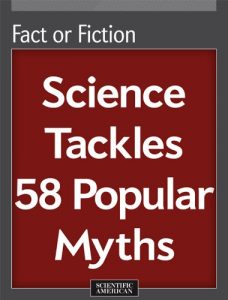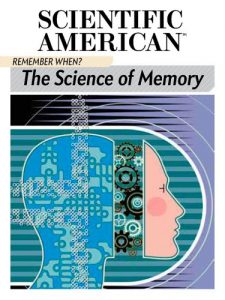We expect a lot from our technology. More and more products are created not only to perform multiple complex functions, but also to react to stimuli, patterns and information in a way that solves problems. Cars are being designed with systems that can detect a collision and automatically apply the brakes. Nest's thermostat learns your schedule and programs itself. Our phones are smart. Our TVs are smart. Since upping the ante is kind of "our thing" as a species, smart cities were the next logical step in trying to create a better, brighter, more sustainable and economically sound future. In this eBook, Designing the Urban Future: Smart Cities, we take a good look this relatively new concept, starting with Section 1, "Cities of the Future," which tackles what makes a city smart. In broad terms, smart cities encourage sustainable economic development and promote a high quality of life, and several stories elaborate on the trend toward urbanization and the qualities needed for a city to survive and thrive. Two articles by David Biello examine issues of sustainability in both new and existing cities. In "Street Talk," Michael Easter and Gary Stix ask urban leaders to name the top innovation would make any city more livable. Section 2, "Drivers: Innovation and Creativity," delves into how cities can and do make the most use of their best resource: human capital. Carlo Ratti and Anthony Townsend argue that people and their creativity will drive development in "The Social Nexus." Section 3 looks at readying cities for climate change, including a piece entitled "Chicago Goes Green" which examines Chicago's forward-thinking plan to eliminate a significant amount of its greenhouse gas emissions in the coming years. In the same vein, the Section 4 covers "efficient" buildings, and opens with two pieces that discuss the pros and cons of LEED certification, respectively. In "Castles in the Air," Mark Lamster analyzes the green rebirth of the skyscraper and why building of these behemoths has increased in the post-9/11 world. Subsequent sections break down other characteristics of smart cities: making power more renewable, transportation more sustainable, and water cleaner. The last section tackles urban public health, and one piece details the use of a program called EpiSims to answer the question: What if smallpox struck Portland, Oregon? In short, while the definition of "smart city" might still be murky, the purpose is clear. If we want to address ongoing issues of climate change and water shortages; if we want to create more livable cities for all classes of people; if we want to encourage sustainable economic and social development; then making cities smarter IS the smartest thing we can do.
Designing the Urban Future: Smart Cities
Sobre
Talvez você seja redirecionado para outro site












